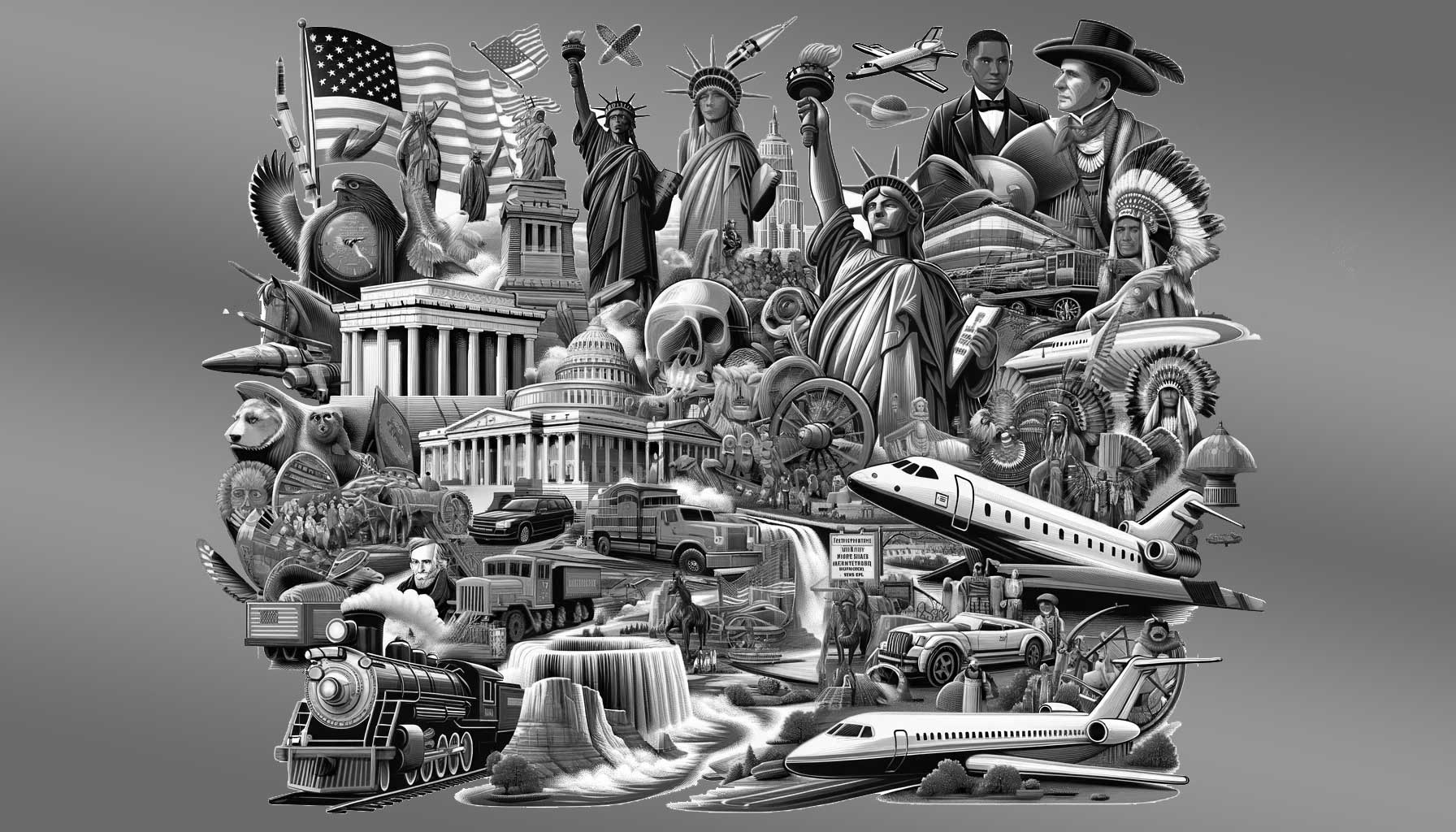Flashback to December 20
American History

1827
The Baltimore and Ohio Railroad is the first US railway to be chartered for commercial transportation
Read moreOn February 28, 1827, a significant event took place in the United States that would forever change the transportation industry. The Baltimore and Ohio Railroad became the first railway to be chartered for commercial transportation of both freight and passengers. This historic moment marked the beginning of a new era in transportation, revolutionizing the way people and goods were moved across the country.
The construction of the Baltimore and Ohio Railroad started in 1828 and was completed in 1852, connecting the city of Baltimore, Maryland, with the Ohio River at Wheeling in present-day West Virginia. This vital transportation link opened up unprecedented opportunities for trade and commerce between the eastern and western regions of the United States.
Before the establishment of the Baltimore and Ohio Railroad, transportation in the country relied mainly on canals and rivers. The introduction of the railway system provided a faster and more reliable means of transportation, making it a game-changer for businesses and individuals alike.
One of the key reasons behind the chartering of the Baltimore and Ohio Railroad was the need to improve trade opportunities between the developing western territories and the eastern cities. The railway allowed goods to be transported more efficiently and at a lower cost, opening up new markets and spurring economic growth. Passengers also benefited from this improved transportation system, with faster and more comfortable travel options becoming available.
The construction of the Baltimore and Ohio Railroad faced numerous challenges, including the need to overcome difficult terrains like mountains and rivers. However, engineers and workers persevered, using innovative techniques and technologies to complete the project. The line eventually extended hundreds of miles, becoming a crucial link between the Atlantic coast and the expanding western frontier.
The success of the Baltimore and Ohio Railroad soon sparked the development of many other railway lines across the United States. Railways became the backbone of transportation, facilitating both the movement of essential goods and the growth of urban centers along their routes. The rapid expansion of rail networks also led to the establishment of new industries, such as steel production and locomotive manufacturing.
The advent of the railway system had a profound impact on American society as well. It brought about significant social and cultural changes, making distance less of a barrier and fostering the growth of cities and towns along the railway lines. People could now travel more easily and affordably, leading to greater mobility and the exchange of ideas and cultures.
The Baltimore and Ohio Railroad’s legacy continues to the present day. Although the original line is no longer in operation, it played a crucial role in shaping the nation’s transportation infrastructure. Many sections of the old Baltimore and Ohio Railroad have been preserved as historic sites, allowing visitors to experience firsthand the remarkable achievements of early American railroaders.
The chartering of the Baltimore and Ohio Railroad on February 28, 1827, was a pivotal moment in American history. It marked the birth of the first commercial railway in the United States, revolutionizing the transportation industry and facilitating economic growth. The construction and success of the Baltimore and Ohio Railroad paved the way for the extensive railway network that would connect the nation and shape its development for years to come.
We strive for accuracy. If you see something that doesn't look right, click here to contact us!
Sponsored Content

New York City transit…
On December 20, 2005,…

Louisiana Purchase formally transferred…
On December 20, 1803,…

US performs nuclear test…
On December 20, 1966,…

Battle of Holly Spring,…
Experience the gripping history…

Tom Edison privately demonstrated…
"Tom Edison's groundbreaking private…

South Carolina passes the…
On December 20, 1860,…

